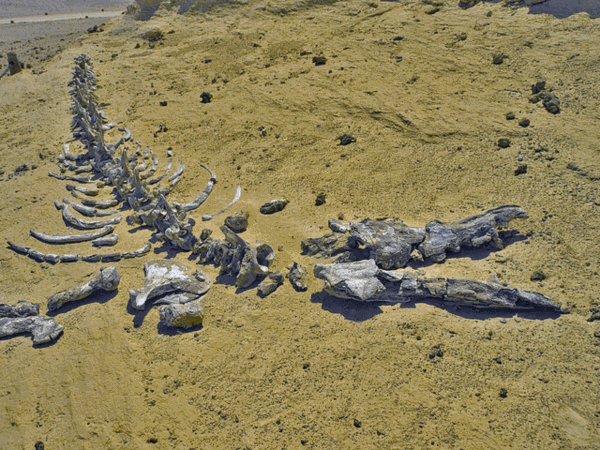
People travel for all sorts of experiences, some of them recently giving rise to new classifications like “voluntourism” (volunteering for a cause or organization) and “architravel” (traveling to study the architecture in a destination). But, until now, no organization has thought to trademark a classification. After noticing a growing number of people traveling to study the science of evolution, Smithsonian Magazine coined and trademarked the term “evotourism” to hype the new form of travel. They’ve also created a tagline for the trend … “It’s Time for Travel to Evolve” and have listed some far flung locations on their website under the EVOTOURISM tab for the curious and eager “evotourist”. Here at Travel Squire, these are our favorites:
The Cradle of Humanity: Sterkfontein, South Africa’s Limestone Caves

Fifty kilometers northwest of Johannesburg, ancient hominid fossils are in abundance in a particular region known as the Cradle of Human Kind. In fact, about 900 fossils from 4 different hominid species that shared ancestry with Homo sapiens have been unearthed there in caves. One of the caves, called Sterkfontein, offers walking tours within. If you’re looking to get in touch with your ancient ancestors, this is the place to do it.
Evotourism in South Africa’s Caves
Where Whales Had Feet: Wadi Al-Hitan, Egypt

About 150 kilometers southwest of Cairo, ancient whale fossils were discovered. These helped to determine how the fascinating species became a legless sea-faring mammal. Modern day whales have vestigial hind leg bones that once were used for life on land. The whale fossils found in Wadi Al-Hitan had actual feet, too, however it was determined that they were useless for walking as they couldn’t support weight. The discovery was valuable for another reason, though – it revealed more about certain characteristics that have disappeared over prolonged periods of time.
Evotourism in Wadi Hitan, Egypt
The Discovery of Natural Selection: The Galapagos Islands, Ecuador

If you truly want to observe evolution through the eyes of Darwin, then the Galapagos Islands are a must as they are the root of “evotourism”. While Darwin arrived on the H.M.S. Beagle to the islands, you’ll arrive by plane (or by sea if you’re lucky enough to know someone with a private yacht and permit to dock at the islands’ ports). Find one of the local tour companies to help you get acquainted with the island chain. What’s really cool is that the animals on the island like birds, tortoises and such are fearless of humans so don’t be surprised if one ambles up to greet you … just be sure not to feed them.
Evotourism in The Galapagos Islands
The Squire’s all over this new “evotourism” trend because it blends education with travel kind of like our weekly Travel Tweet-Up on Twitter. So, for anyone looking to be enlightened while having an adventure, pick a destination from the Smithsonian’s extensive list and run with it.

Now, with “evotourism” on the rise can we expect even quirkier travel trends to emerge, like traveling to study people’s hair styles? It’s anybody’s guess but I know I’ll be looking forward to reporting on it.
